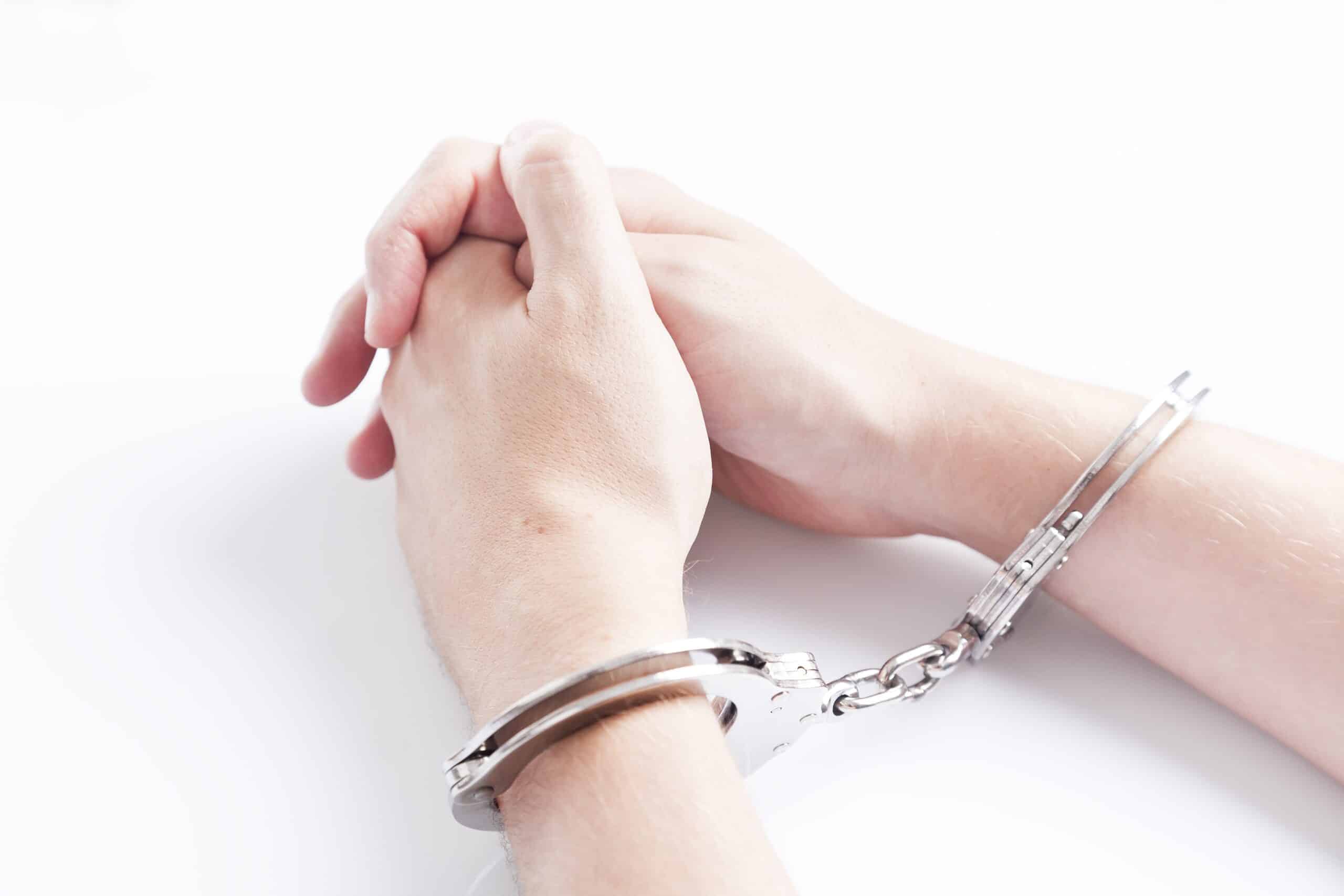Share This Article
By Sahar Adatia and Jimmy Singh.
In recent times, police pursuits have received significant media attention and become a topic of concern for both law enforcement authorities and the communities they serve.
To a large extent, this has developed because police pursuits come with high risks not only for the police officers and fleeing suspects involved in the chase, but also for the well-being of the community at large.
Last week, this concern around police pursuits surfaced across media headlines once more as the infamous “Mercedes Mum” Margarita Tomovska, from Sydney’s Sutherland Shire, was sentenced to 18 months’ jail after she led police on a high-speed chase reaching speeds more than 230 kilometres per hour.
The social media influencer, who had 70,000 followers on her Instagram account, also posted videos and selfies on her way to court.
The Speed “Mercedes Mum” Drove at When She Led Police on Her Chase
It is reported that in November 2018, Instagram influencer Margarita Tomovska, renowned for driving around in her $450,000 Mercedes AMG sports car, led police on a high-speed chase on the Princes Highway near Helensburgh during which she reached up to 238 kilometres per hour.
The 28-year-old mother led police on the chase for nine minutes, ending dramatically with officers stopping Ms Tomovska’s vehicle at gunpoint, fearing there may be a weapon inside.
While no weapon was found in the search of the car, inside the vehicle, a male passenger and a three-year-old child sitting in the back seat were discovered by police.
The child was crying and placed in an unrestrained car seat.
Ms Tomovska Boasts All-White Outfit on Social Media on Way to Wollongong Local Court
On her way to Wollongong Local Court, Ms Tomovska flaunted selfies of her white dress, along with videos of her car travelling over the speed limit.
In fact, Prosecutor Amelia Wall told the court during the sentencing hearing that the mother had shared an Instagram story just earlier that morning in which her car was shown travelling at 126 kilometres per hour in an 80 kilometres per hour zone near Heathcote.
Sergeant Wall described Ms Tomovska’s demeanour as “reprehensible” and highlighted that it showed “absolutely no remorse”.
“The defendant has shown absolutely no remorse. In fact, quite the opposite. She has relished in the attention. Boasting and skylarking on social media,” she said.
“If these facts don’t land a person in jail, something is seriously wrong.”
In the selfie Ms Tomovska posted on Instagram wearing her courtroom outfit, she boasted about how much it cost.
“15k for one day. Why not?” Ms Tomovska wrote, tagging brands including Dior and Versace.
“Mercedes Mum” Completely Expressionless as Sentence Handed
As Magistrate Susan McGowan sentenced Ms Tomovska to 18 months in prison with a non-parole period of nine months, the mother sat emotionless.
Magistrate McGowan was scathing in her sentencing comments, describing the high-speed chase as a “recipe for disaster” and one which left “no margin for error”.
She also said Ms Tomovska’s car acted as a lethal weapon and driving at 238 kilometres an hour was “inconceivable”.
Looking at Ms Tomovska with disbelief, Magistrate McGowan said she had “never seen one quite as bad as this”, adding that the threshold for a jail sentence had been “well and truly leapt over”.
Meanwhile, Ms Tomovska’s defence lawyer, Louis Angelovski, was quick to rush out of the court to appeal the sentence in a bid to get the mother out on bail while she waited for her matter to be heard in the NSW District Court.
The prosecution argued stoutly against Ms Tomovska being let out on bail while waiting for her sentence to be appealed.
“To release her now is delaying the inevitable,” Sergeant Wall said to the court.
Earlier, Mr Angelovski had argued that community service was a more suitable punishment than a jail sentence due to her age and the fact she has a young daughter to care for.
Ms Tomovska will be eligible for release on 16 July, 2020.
What is “Skye’s Law”?
In NSW, the offence of police pursuit is known as “Skye’s Law”, which the government introduced back in 2010 following the death of 19-month-old Skye Sassine who was tragically killed during a high-speed police chase on New Years’ Eve 2009 when two alleged robbers crashed into the car she was travelling in.
Following Skye’s catastrophic death, there were calls for tougher penalties on people who lead police on dangerous pursuits.
As such, Skye’s Law was implemented and the courts now take police pursuits very seriously.
Skye’s Law is intended to deter people from attempting to evade police which can lead to dangerous chases and high-speed police pursuits, along with accidents, injuries and even death to not only those involved but members of the community present.
Have a question about Skye’s law? Contact one of our traffic lawyers in Sydney who specialise in traffic defence law.
The Law on Police Pursuit in NSW
In NSW, police pursuit is an offence under section 51B Crimes Act 1900 (NSW).
A first-time offender will face a maximum penalty of 3-years imprisonment, whereas a second or subsequent offender will face a max 5-year imprisonment.
If convicted of this offence, a first-time offender will receive:
- An automatic driver licence disqualification period of 3-years; or
- A minimum disqualification period if the court thinks fit of 12-months.
If convicted of this offence, a second or subsequent offender will receive:
- An automatic driver licence disqualification period of 5-years; or
- A minimum disqualification period if the court thinks fit of 2-years.
The only way to avoid a disqualification period and be allowed to continue driving even after you are found guilty or ‘plead guilty’ to this offence in court, is if the Magistrate decides to impose a penalty under section 10 non-conviction, including a Conditional Release Order without conviction.
So, what does it take for someone to be found guilty of Skye’s law (police pursuit) in NSW?
A driver in NSW will be guilty of this offence if the prosecution is able to prove, beyond reasonable doubt that:
- The driver ought reasonably to have known or had reasonable grounds to suspect that a police officer was in pursuit of the vehicle requiring the vehicle to stop;
- But the driver failed to stop his/her vehicle;
- While the driver was driving recklessly or at a speed or manner dangerous to others.
Where the prosecition fail to prove any one of the above elements of the offence of police pursuit in court, the Court must return a ‘not guilty’ verdict.
Defences to the charge of police pursuit (Skye’s law) include any one of the following
- It’s not clear when the pursuit commenced.
- There is ambiguity as to who the driver was.
- You held an honest belief that you were not in pursuit by police in a circumstance that it’s reasonable to hold such a belief. This may apply if the police car alleged to be pursuing your car was enough of a distance away for you to hold this belief at the time.
- Duress or necessity.
To arrange a free consultation, call our hotline 24/7 on (02) 8606 2218 to speak with one of our specialist criminal lawyers who are based in Parramatta and Sydney CBD.









